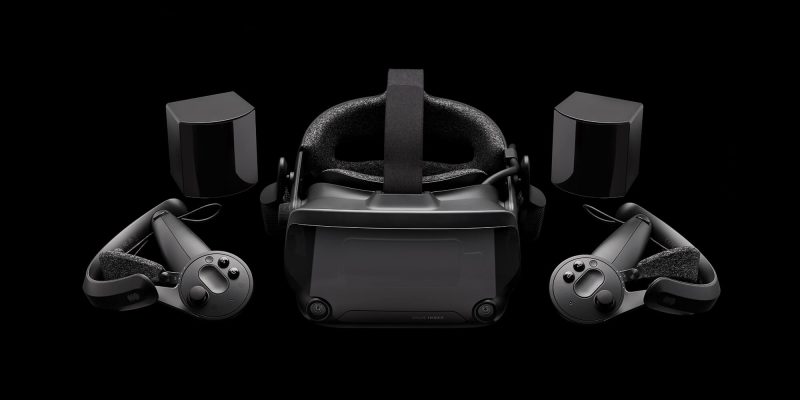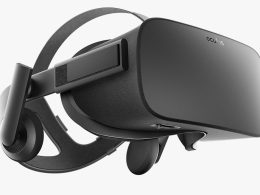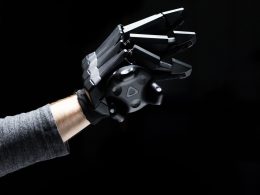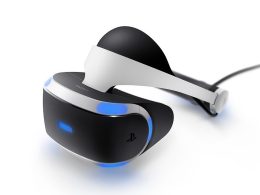Valve Index has now been presented in more detail. This is the new VR headset from Valve. From 1 May 2019 at 7 p.m., the device may be pre-ordered with deliveries starting on 28 June 2019. The euro prices are already known.
There are two different packages on offer, whereby you can pay up to 1,079 euros: Valve Index VR Kit (contains VR headset, controller and two base stations 2.0 for 1,079 euros) and Valve Index Headset + Controller (contains VR headset and controller for 799 euros). The components can also be purchased individually: The VR headset (539 euros), the pair of controllers (299 euros) and the base station 2.0 (159 euros). As this is not a standalone VR headset, a PC must also be available.
The following is said about the screen technology: "The VR headset's two full-resolution RGB LCDs, each with 1440 × 1600 pixels, have 50 per cent more subpixels than OLEDs and therefore achieve better sharpness with the same rendering performance. The fill factor, which is 3 times higher than that of OLEDs, reduces the fly screen effect. The Valve Index VR headset runs at 120 Hz, is fully backwards compatible with 90 Hz and has an experimental 144 Hz mode. The higher frame rate provides more realism and visual tranquillity, ideal for longer and more comfortable gaming sessions."
According to Valve, very short lighting times improve the sharpness of movements by a factor of 5, while the global lighting is designed to prevent blurring of the image. At the same time, an improved base station was introduced. The base station 2.0 now has a greater range, a larger field of view and better scaling options. As Valve says, the best tracking system has been made even better.
The new controllers also make a good impression. It is promised that you can interact with the environment, objects and people just like in the real world. Valve says: "The Valve Index controllers combine complex sensor inputs to give your hands a variety of new interactions, movements and gestures in VR. Low-latency finger movement sensing provides an immersive experience and enables a wide range of gestures and expressions. Since every hand is different, the controller constantly recalibrates to adapt to your hand size and the changing capacity of your skin."
The off-ear speakers are also worth mentioning. The headphones do not sit directly on the ears. This allows the sound to utilise the shape of the ear cups and head to create a more natural sound experience, according to Valve. The sound should appear as if it is coming from the immediate surroundings. On the official side you can find many more details about Valve Index. The technical specifications are also available for viewing below.
Displays
- Dual 1440 × 1600 LCDs, full RGB per pixel, backlight with extremely low afterglow (330 µs at 144 Hz)
Frame rate
- 90/120/144 Hz
Optics
- Inclined optics and double element design
Field of vision
- 20° larger field of view than the HTC Vive for most users thanks to optimised lens distance
Interpupillary distance (IPD)
- Adjustable between 58 mm and 70 mm
Ergonomic adjustments
- Head size, lens distance, IPD, face angle, speaker positions
Connections
- 5 m connection cable, 1 m triple connection, USB 3.0, DisplayPort 1.2, 12 V power supply
Localisation
SteamVR 2.0 sensors, compatible with base stations for SteamVR 1.0 and 2.0
Sound
- Speaker: 37.5 mm off-ear balanced mode radiators (BMR), frequency range: 40 Hz - 24 kHz, impedance: 6 Ω, sound pressure: 98.96 dbSPL at 1 cm.
- Headphone jack: 3.5 mm
Microphone
- Double microphone arrangement, frequency range: 20 Hz - 24 kHz, sensitivity: -25 dbFS/Pa at 1 kHz
Cameras
- 960 × 960 pixel stereo camera, global shutter, RGB (Bayer)
Source: Valve









